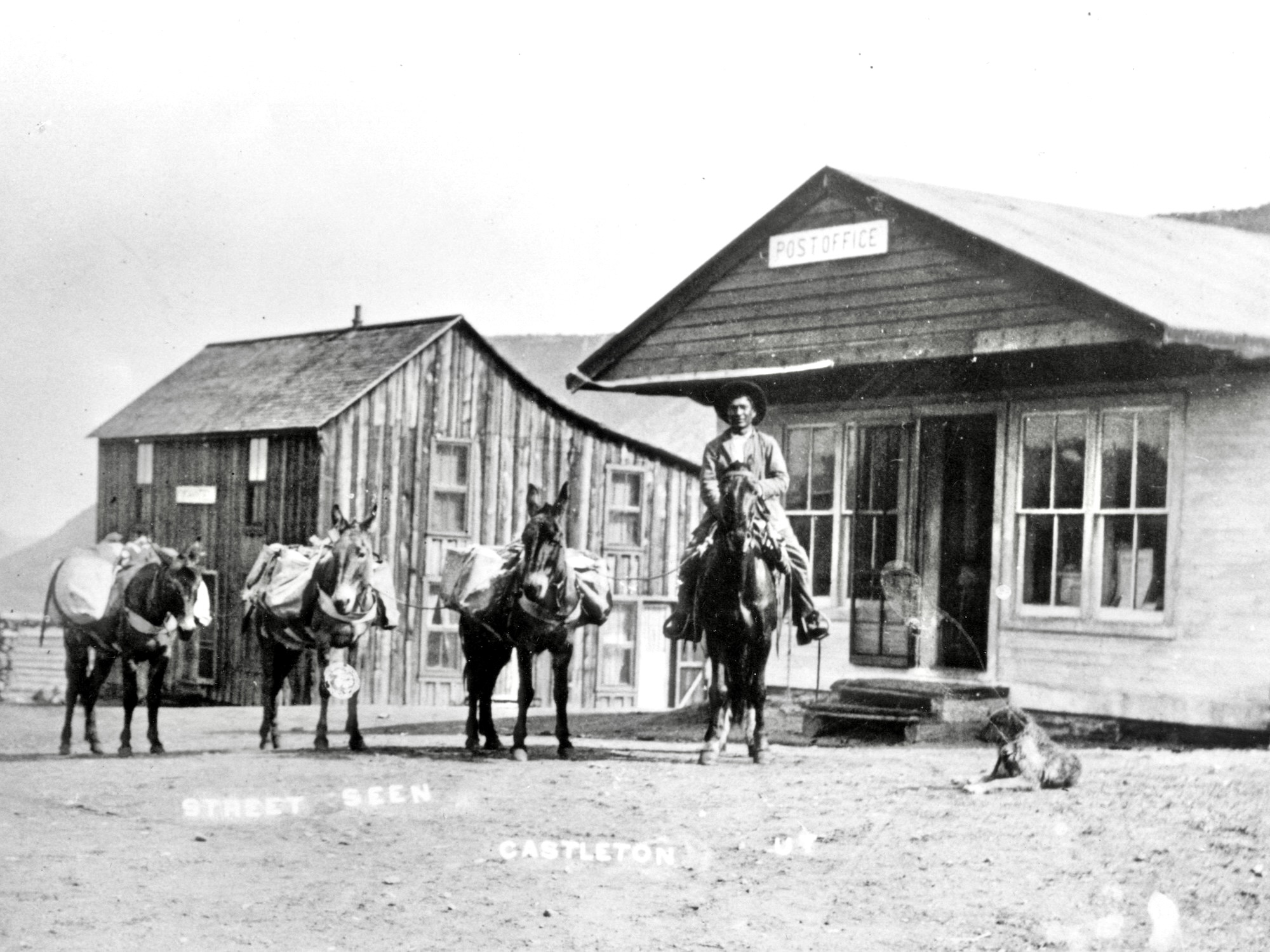Some information may be outdated.
Nestled by the foot of the La Sal Mountains near Castle Valley, the traces of a ghost town are slowly fading into the landscape. Castleton, Utah was a settlement once populated in the late 1800s; its rise and fall were both closely tied to mining in the mountains above it.
First settled around 1880, Castleton was the hub for regional ranching activity. In the late 1880s, as a local short-lived gold rush began in high in the La Sals, Castleton became a crucial supply town supporting the mining operations of Miner’s Basin. Boasting a school, general store, hotel, post office, and saloons, Castleton even had more residents than Moab at its peak in 1895, and it was once a viable candidate for becoming the county seat.

However, as mining waned in the La Sals, Castleton’s population and industry dried up as well. By 1910, the businesses had all gone, and only fifty people remained in the remote settlement. A few people lingered for the following decades, but in 1967 the Grand County Commission officially designated Castleton an unoccupied town.
Stories and photographs from Castleton’s heyday paint it as a vibrant, vital community, once bustling with activity and big plans. But its story is not uncommon: many remote mining settlements have risen and faded on the landscape over the years.
The Moab Museum is dedicated to sharing stories of the natural and human history of the Moab area. To explore more of Moab’s stories and artifacts, find out about upcoming programs, and become a Member, visit www.moabmuseum.org.
Appreciate the coverage? Help keep local news alive.
Chip in to support the Moab Sun News.





